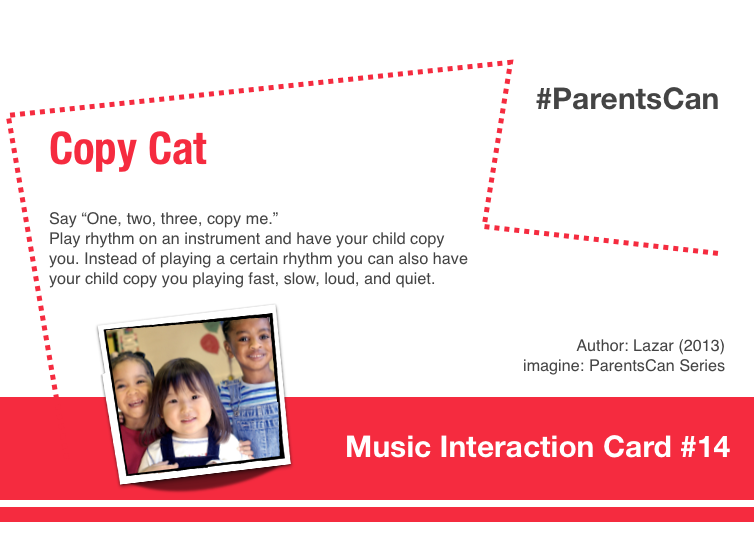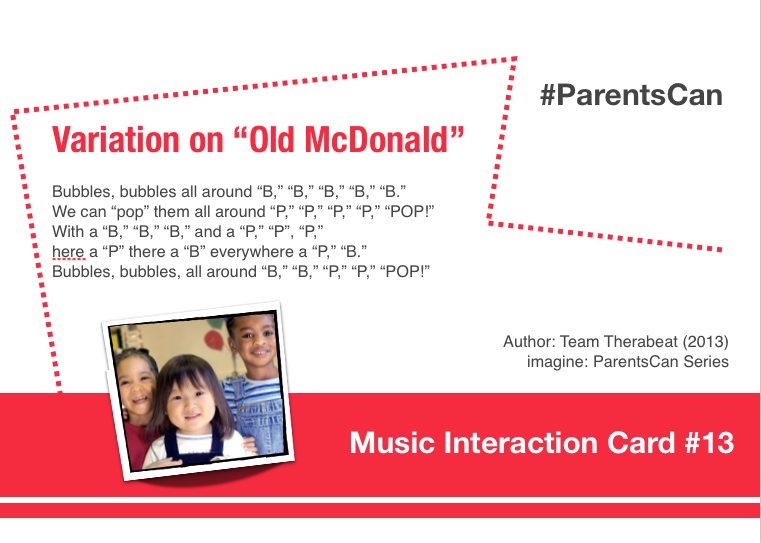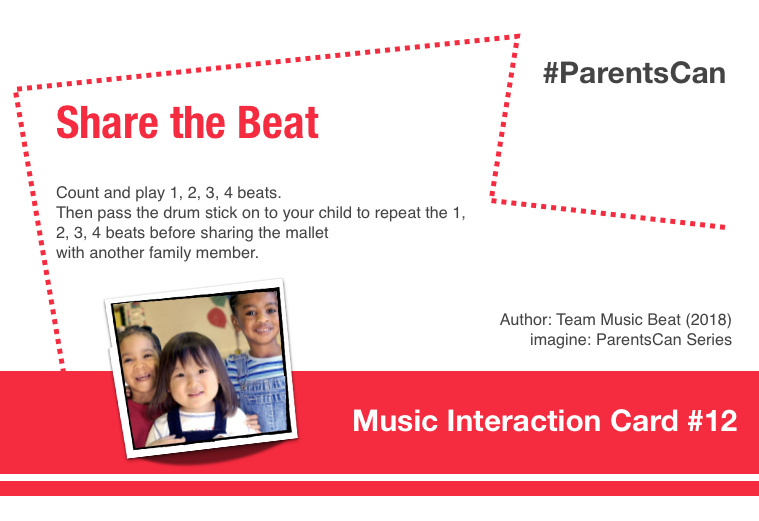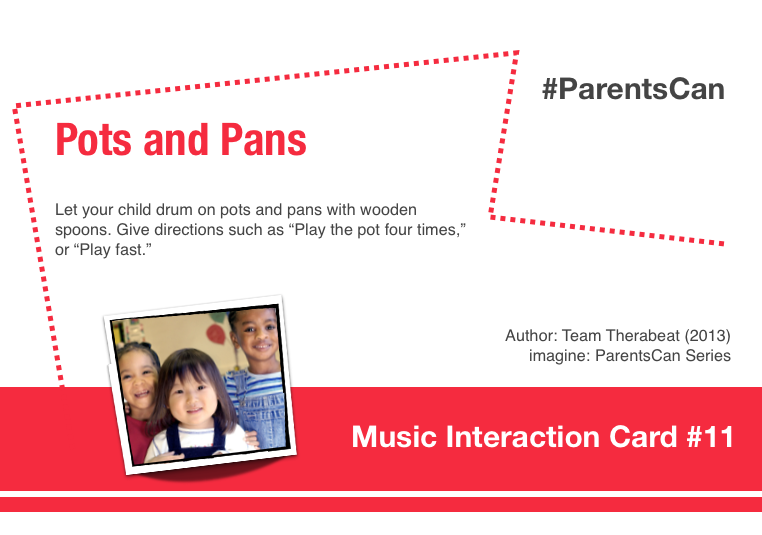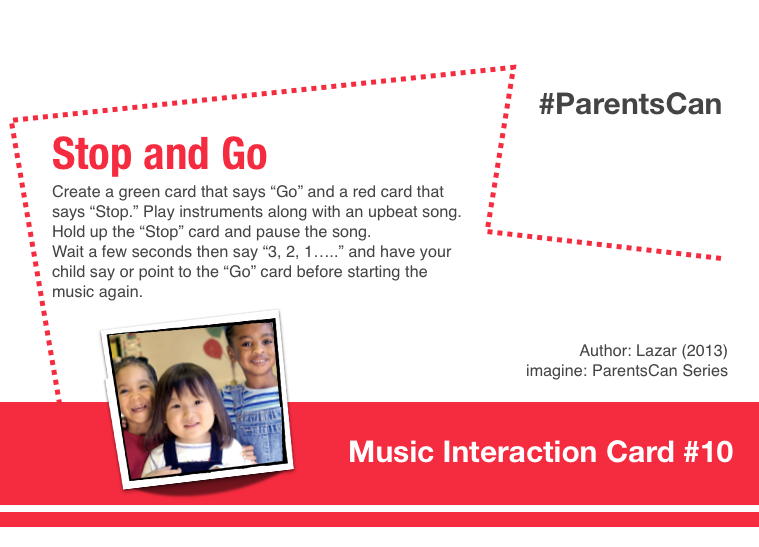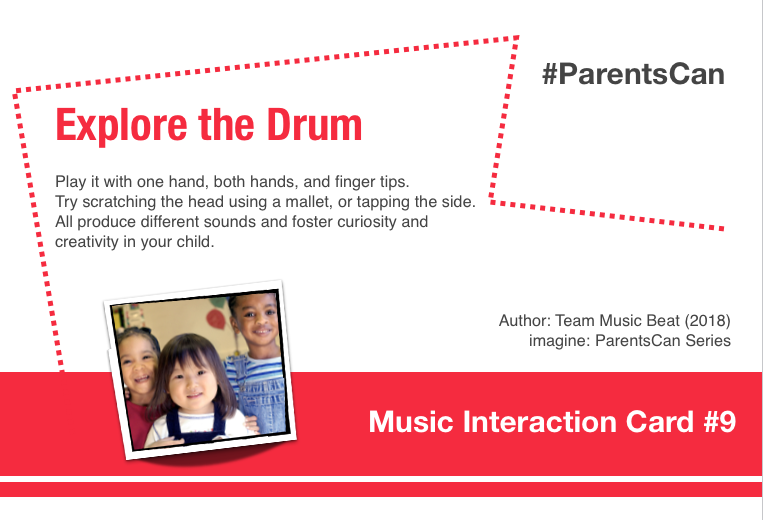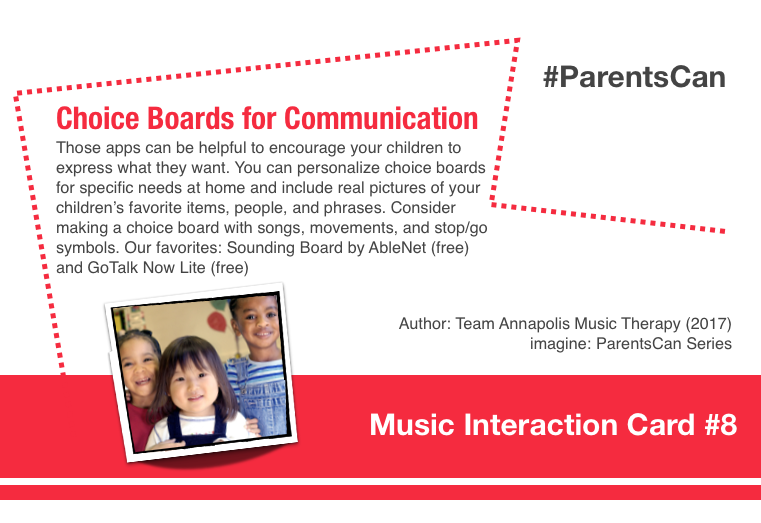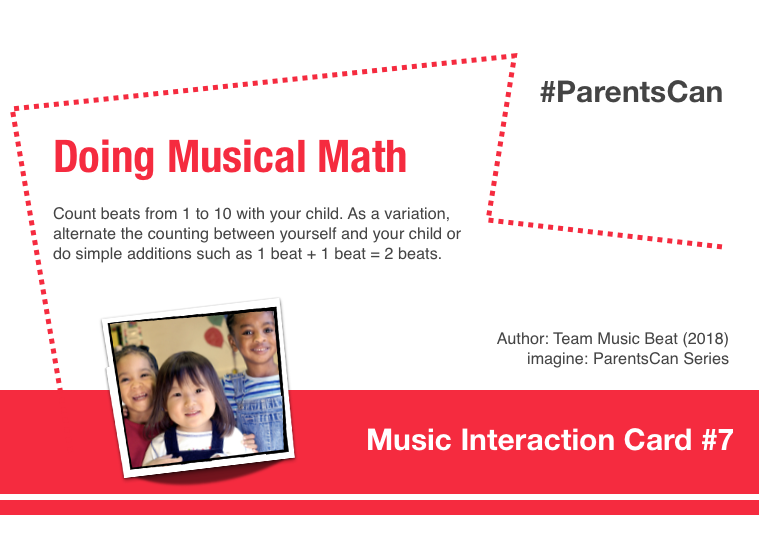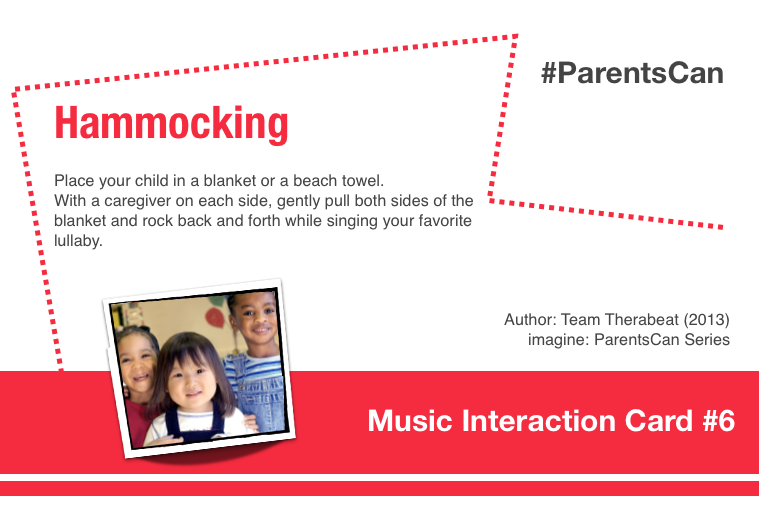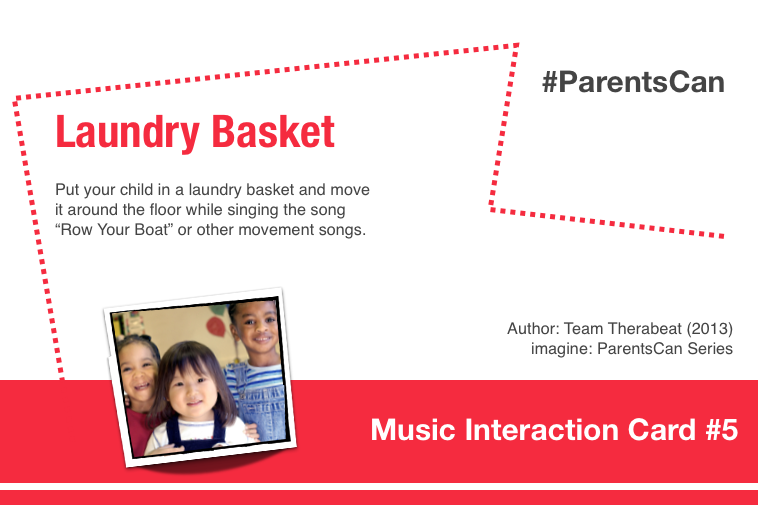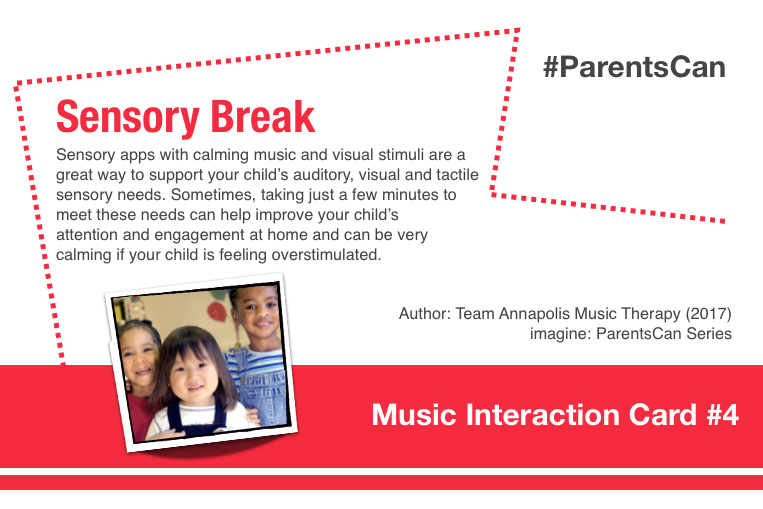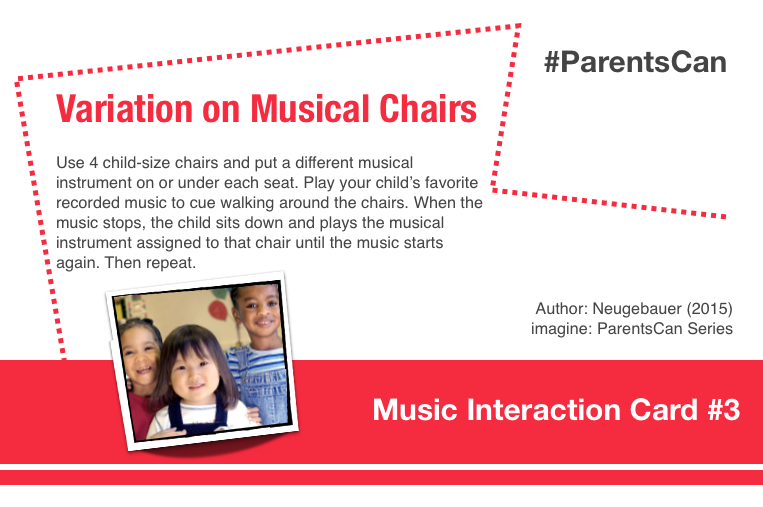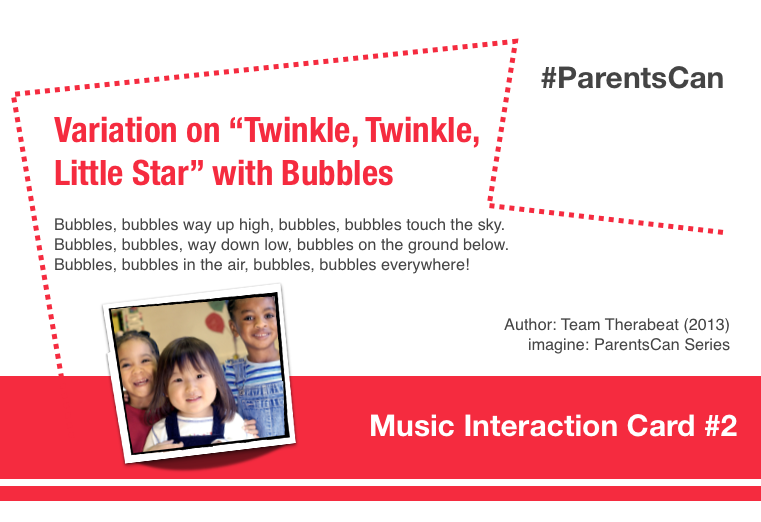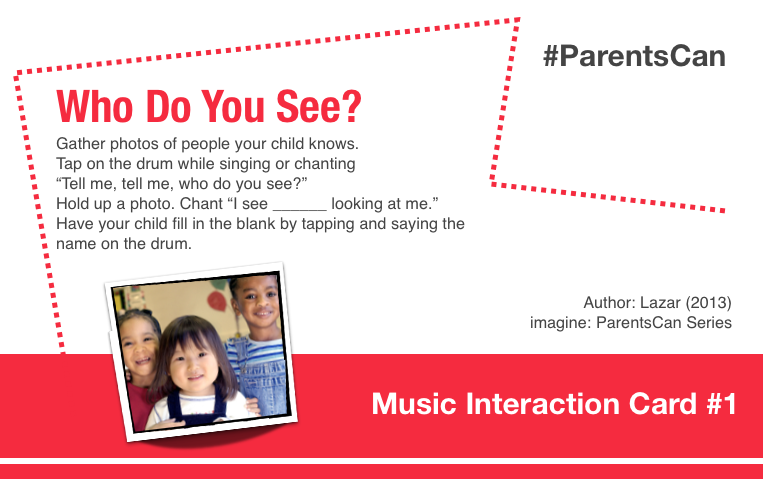Providers & Families
Our authors agree that all children like music, all children can make music, and music has many useful functions for daily life.
But, how do I know a child will benefit from music therapy services, how are children and families’ unique needs addressed, what happens in a music therapy session, how do music therapists collaborate with other service providers, how do I know when goals have been achieved, who pays for music therapy services, when will a child graduate from music therapy?
Check out our FAQs and music-based resources to share and use with parents and children you work with.
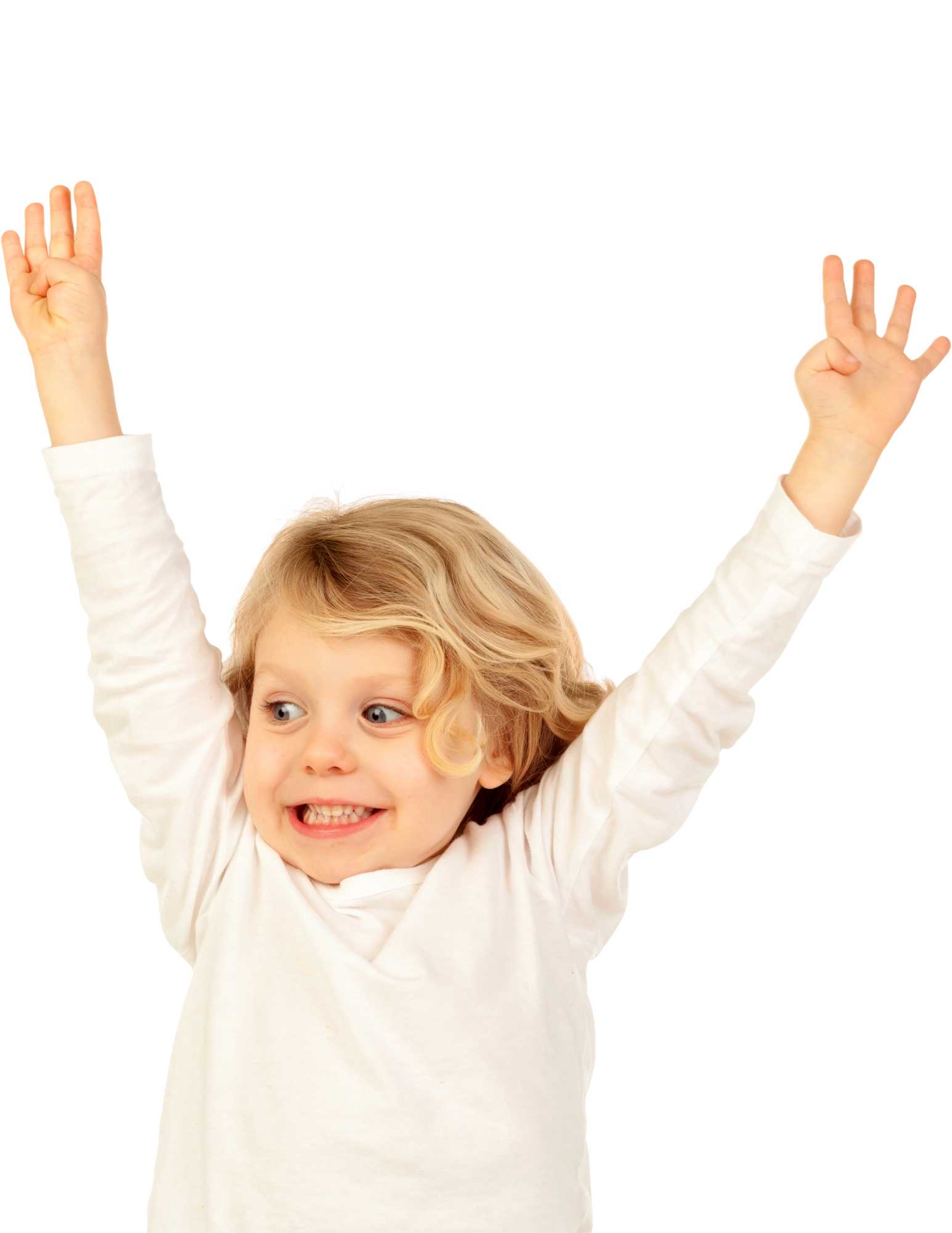
How do I know a child will benefit from music therapy services?
How are children and families’ unique needs addressed?
A board-certified music therapist will conduct a comprehensive assessment using data from a variety of sources to develop individual goals and treatment plans based on the child’s needs and the family’s priorities. Music therapy can address goals in all areas of development, including communication, motor, social-emotional, adaptive, and academic skills.
What happens in a music therapy session?
The music therapist will implement a variety of evidenced-based interventions in a group or individual setting. These music-mediated experiences can include singing, instrument play, movement with or without props (e.g. scarves), improvisation, music listening, digital music activities, mindfulness exercises, multi-sensory stimulation.
How do music therapists collaborate with other service providers?
Music therapists often co-treat with professionals during other therapy sessions or medical procedures using music to provide support and structure, motivate, or distract. Music therapists also collaborate with early childhood and special educators on how to embed music-mediated experiences throughout their day to enhance learning, assist with transitions, and provide structure during daily routines.
How do I know when goals have been achieved?
The music therapist will collect data across sessions to track progress toward goals, guide treatment planning, and make recommendations. Data are documented in written reports provided at periodic intervals to families and/or funding agencies.
Who pays for music therapy services?
Many families pay out-of-pocket for music therapy services. In some states, music therapy may be provided through the early intervention system, special education services, or Medicaid waiver programs. Increasingly, private insurance companies are reimbursing for music therapy, and there are some private funding and scholarship programs through national and local organizations.
When will a child graduate from music therapy?
Parents Can Collection
Browse through our sizable selection featuring imagine authors’ favorite music play ideas for use at home.

Jack Knows and Shows
Jack knows 5 instruments and shows how to play them, sing or play some familiar songs with them, and tells you what you can use if you don’t have that instrument at home.
MOre
Curated Resources
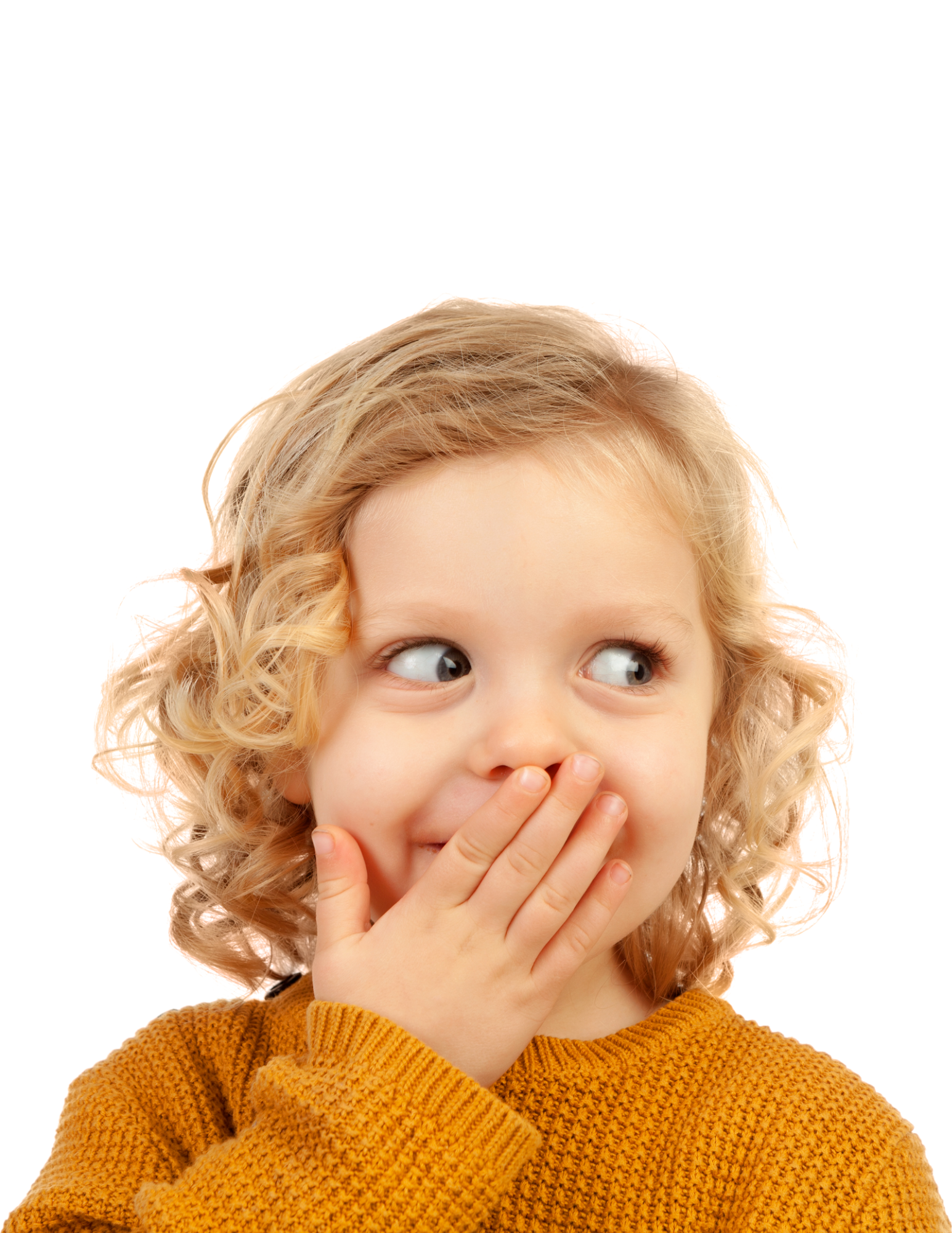
Song Collections
A collection of imagine's 50 most popular song-based intervention ideas composed for young children of all abilities.
A series of early learning books and song-based acitivies and tools created by imagine author Dr. Anne Mekker that support children accomplish developmental skills.
A goal-oriented collection of over 400 children songs for all ages and abilities written by a music therapist and imagine author Rachel Rambach (watch her imagine song writing Master Classe).
A collection of songs written by music therapist Stephanie Leavell to support children in daily activities and routines.
A collection of 17 original songs and self-made instruments by imagine's Editor-in-Chief Dr. Petra Kern and music therapist Angela Snell that target early childhood developmental goals and inclusion on playgrounds.
Instruments
An alto glockenspiel with a crystal-clear pentatonic scale that immediately captures children’s attention. It includes two attached mallets that easily lend themselves to shared playing and interaction.
The Remo Kids Percussion® Gathering Drum, available in five sizes, can be played with hands, mallets, or sticks. Perfect for small groups, this drum has a rich sound and enough space to bring kids together for lots of rhythmic fun.
A small-size guitar-like instrument that is affordable, portable, and easy to learn for children in all kinds of life circumstances (explore the Ukulele Kids Club).
A selection of small shakers in the shapes of various fruits (i.e., apple, banana, and orange). The little instruments can motivate children to practice fine motor skills through grasping different shaped objects and textures while playing along their favorite music.
The Hohner Kids Rainmaker, available in two sizes, provides a multi-sensory experience with colorful beads cascading to create the sound of a gentle rainfall.
Singable Books
- We All Sing with the Same Voice
- What a Wonderful World
- I Love You Too
- We Are the Dinosaurs
- Clark the Shark
Based on Louis Armstrong's famous song, this book conveys the message of hope for people around the world. (Book by Bob Thiele and Goerge Weiss; Illustrations by Tim Hopgood)
Based on the song by Ziggy Marley, this book explores the love that children share with their parents, grandparents, friends, and nature. (Book by Ziggy Marley; Illustrations by Ag Jatkowska)
Based on the popular Laurie Berkner song, this book follows a group of dino friends on an overnight adventure while children can stomp and roar along. (Book by Laurie Berkner; Illustrations by Ben Clanton)
Clark the Shark Afraid of the Dark tells the story about the largest fish during his first sleepover. Clark overcomes his fears by writing a song with his ocean animal friends. The story comes with a catchy call-and-response song co-written with imagine's Editor Dr. Petra Kern. (Book by Bruce Hale; Illustrations by Guy Francis)
Music Apps
An app devloped by Sesame Street that allows children to explore the sounds of different instruments, musical genres, tempo, and other musical elements.
An app launched by Music Together™ that features songs in different languages and from different cultures. It includes a lyric slider for volume adjustment to sing over the accompaniment.
Itsy Bitsy Spider, one of several free musical apps developed by Duck Duck Moose, is an interactive version of the classic nursery rhyme with fun surprises and learning activities for young children.
An app encourages children to first create their own digital Dr. Seuss instrument, then to follow visual cues to play an engaging song. In inivite to practice impulse controle, trun-taking and collaboration.
Sound Box, by Sago Mini, supports the development of fine motor skills and understanding of cause-and-effect while composing melodies with fun sounds in musical scales.
